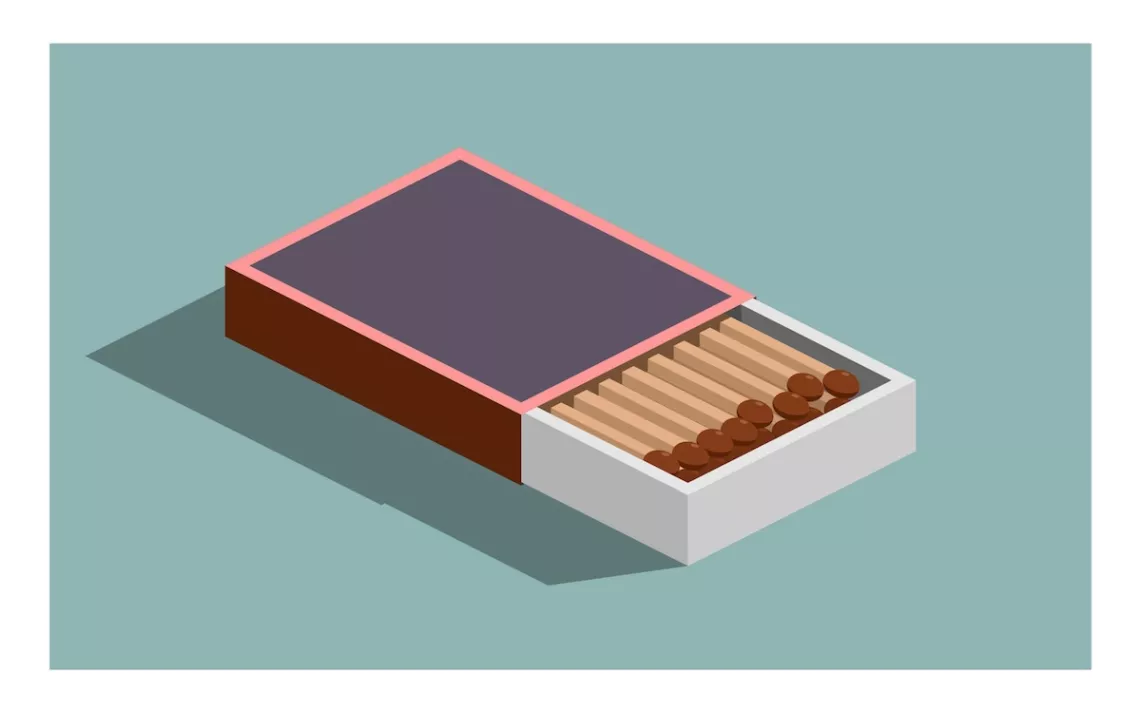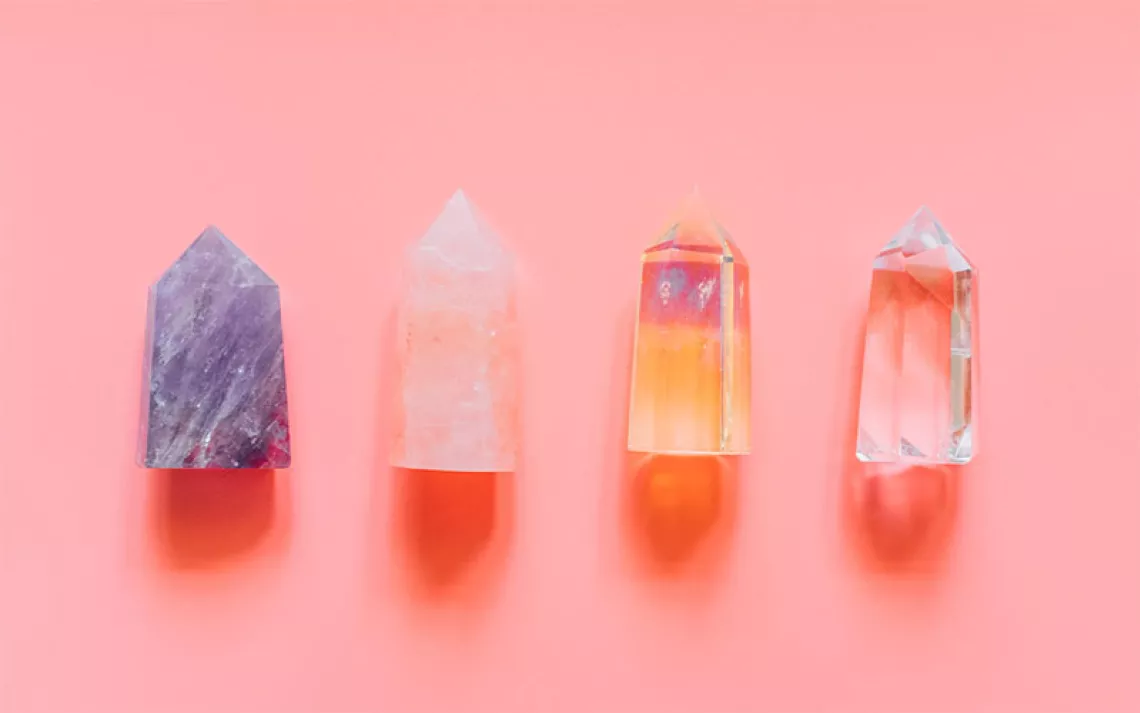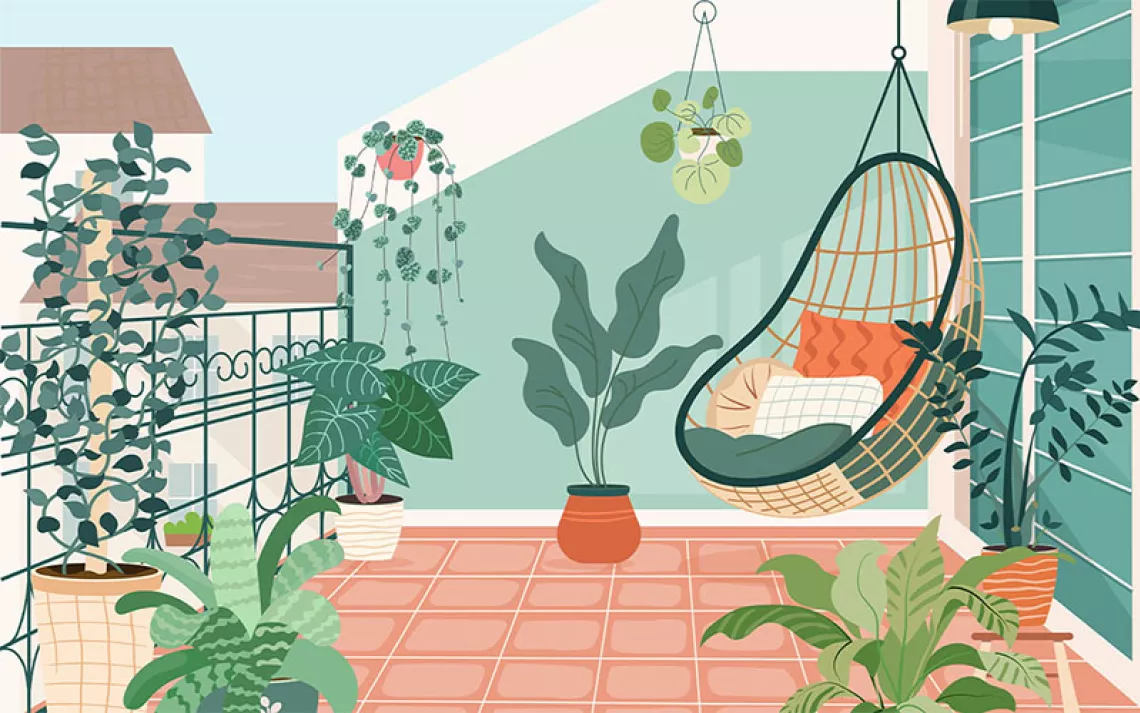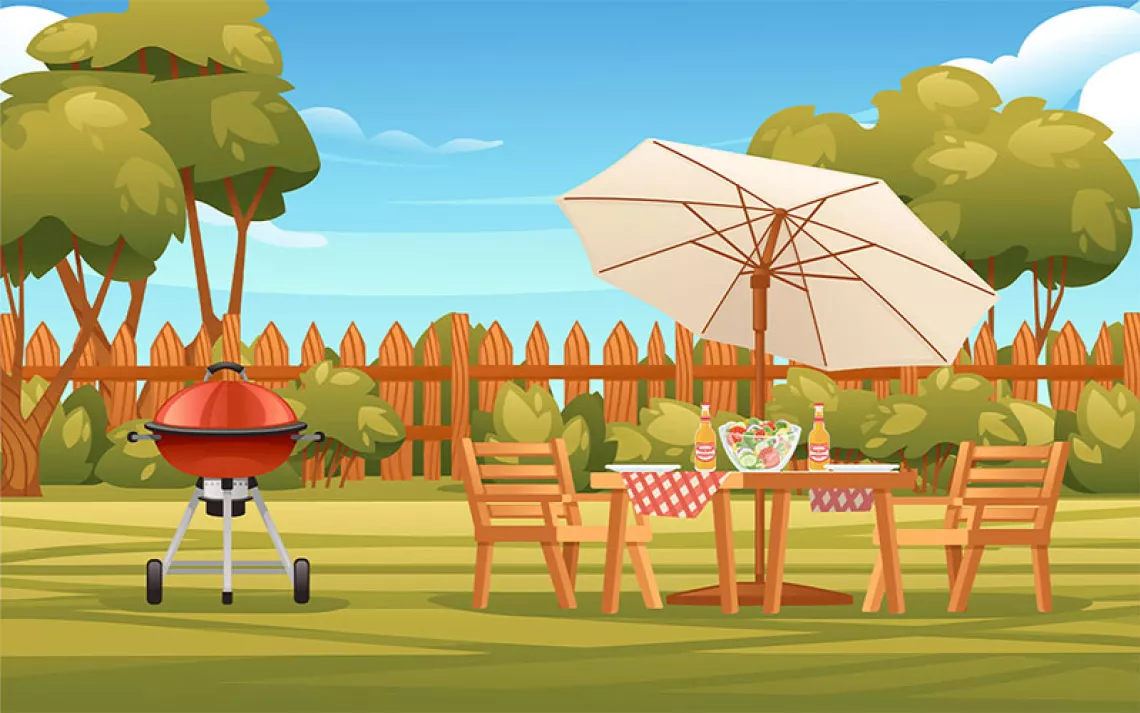What's Greener, Wooden Matches or Lighters?
Here are the most sustainable ways to light up your life

Illustration by Supirloko89/iStock
Hey, Ms. Green!
Which has a greater impact on the environment, wooden matches or plastic and propane lighters? As a member of a Buddhist group with a lot of candles, I never know what is the best option for lighting them.
—Honora in Lafayette, Colorado
The best option might be the old-fashioned cardboard matches that restaurants sometimes give away. While some of these matches claim to be made from recycled paper, the major US manufacturer I contacted didn’t reply to my emails asking for confirmation. If you need a longer match, use a cardboard match to light the end of a piece of dry spaghetti, blow it out when you’re done, and use it again until it’s too short.
Unfortunately, I can’t give the green light to Diamond Greenlight matches. The company didn’t reply to my requests for third-party certificates verifying the matches are made from “responsibly managed forests” and that the matchboxes are made from “100 percent recycled cardboard.” Its Forest Stewardship Council certificate expired in 2014. Also, the striker pad on its two-inch matchboxes became unusable before I finished each box. Diamond’s long wooden matches are made in China and contain perchlorate. Even small amounts of perchlorate affect thyroid function, especially in babies and in people with impaired thyroids.
Lighters might not be better. Though I did enjoy watching videos on hacks for refilling single-use lighters, I don’t recommend single-use and refillable lighters because they contain fluids derived from polluting fossil fuels.
I easily light up with Outdoor Element’s Fire Escape Multitool Carabiner. It has a ferro rod that produces over 2,000 sparks and includes a seat-belt cutter, a bottle opener, and other tools.
 The Magazine of The Sierra Club
The Magazine of The Sierra Club



